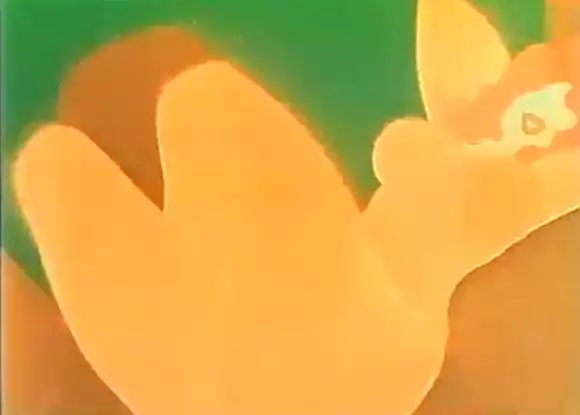Dec 24, 2012
Psychedelic Screwball A film by Italian director Bruno Bozzetto
Certain animation directors are taken for granted because of their consistency and longevity in the art form. Bruno Bozzetto (b. 1938) is a prime example. If Bozzetto is known in the United States today, it is for his ambitious 1976 animated feature Allegro non troppo, a modern adaptation of Disney's Fantasia. Besides this work, Bozzetto has produced a surprisingly solid body of work that deserves to be rediscovered.
Bozzetto began making films in the late 1950s, combining in many ways the smash-up blow-up animation of the Warner Brothers school with the cerebral, contemporary artistry of mid-century UPA short animation. He loves cartoon violence, sex, and good old-fashioned mayhem, but blends it with introspection, social commentary, and 60s pop and psychedelic imagery. His work deserves to be studied more closely by modern animators, especially those who use software like Flash, Toon Boom, and After Effects. His work from the 60s is an example of how to create smart, energetic, and original animation within budget constraints.
Italian animation historian Giannalberto Bendazzi eloquently summarizes Bozzetto's approach in his book Cartoon: One Hundred Years of Cinema Animation He says:
Bozzetto's humor is rooted in American comedy, but his rhythms are softer and he tends to blend surrealist tastes with ethical themes. At the heart of his work is the neurosis of a consumerist, machine-based society and the loss of natural, human purity. Yet his comedies never reek of sulfur, and far from being polemical or cutting, they display a clever and incisive spirit. Thus he often becomes cynical and wears a lucid pessimism about humanity. The most striking characteristic of Bozzetto's work is his outstanding sense of showmanship. Each of his films captures both the visual and the intellectual through the rhythm of color and action, the timing of the comic flourishes, and the inventive fantasy.
Today's Cartoon Brew will feature 11 of Bozzetto's films (9 shorts and 2 features) prior to "Allegro non troppo". We begin with Bozzetto's first short, Tapum. This film is a tongue-in-cheek look at historical weapons, reminiscent of Ward Kimball's "Toot Whistle Plunk and Boom" ("A History of Weapons"). The technical crudity of Bozzetto's animation can be forgiven considering that he was only 19 years old when he made this film. In fact, all of the films presented here were made before Bozzetto turned 35.
Like any good animation director, Bozzetto faithfully created his own "star," the squat, cartoon-modern everyman Mr. Rossi, represented in the three shorts below. These shorts are meant to entertain, and they do that job well, but they also pack a surprisingly satirical punch. Most poignant is "Mr. Rossi's Photo Safari," which explores the thin line that separates Western enthusiasm for the African continent and the plundering of its resources.
Before Allegro Non Troppo, Bozzetto made two features, the western parody West and Soda and the superhero sendup Vip, My Superhuman Brother. These features are uneven, but each has its own showcase, and their offbeat visual style is thoroughly unique among animated feature films, both then and now.
Bozzetto's development as a filmmaker is evident in the more experimental shorts that lead to Allegro non troppo. Those films include Life in a Tin, Ego, Opera, and Self Service; Opera was co-directed with Guido Manulli, Bozzetto's talented animation director on many of his films. It is a psychedelic, subconscious nightmare of the 60s that combines ultra-vivid colors, pop iconography, and optical effects.
Tapoum. la storia delle armi (Tapoum. The History of Arms, 1958)
An Oscar for Mr. Rossi (1960)
Alpha-Omega (1961)
FEATURE (excerpt): West and Soda (1965)
.Mr. Rossi Buys a Car (1966)
A Life in a Tin (1967)
FEATURE (excerpt): Vip, My Superhuman Brother (1968)
Ego (1969)
. Il Signor Rossi al Safari Photografico (.Mr. Rossi on a Photo Safari, 1971)
Opera (1973, co-directed with Guido Manulli)
Self Service (1974)
.



Post your comment